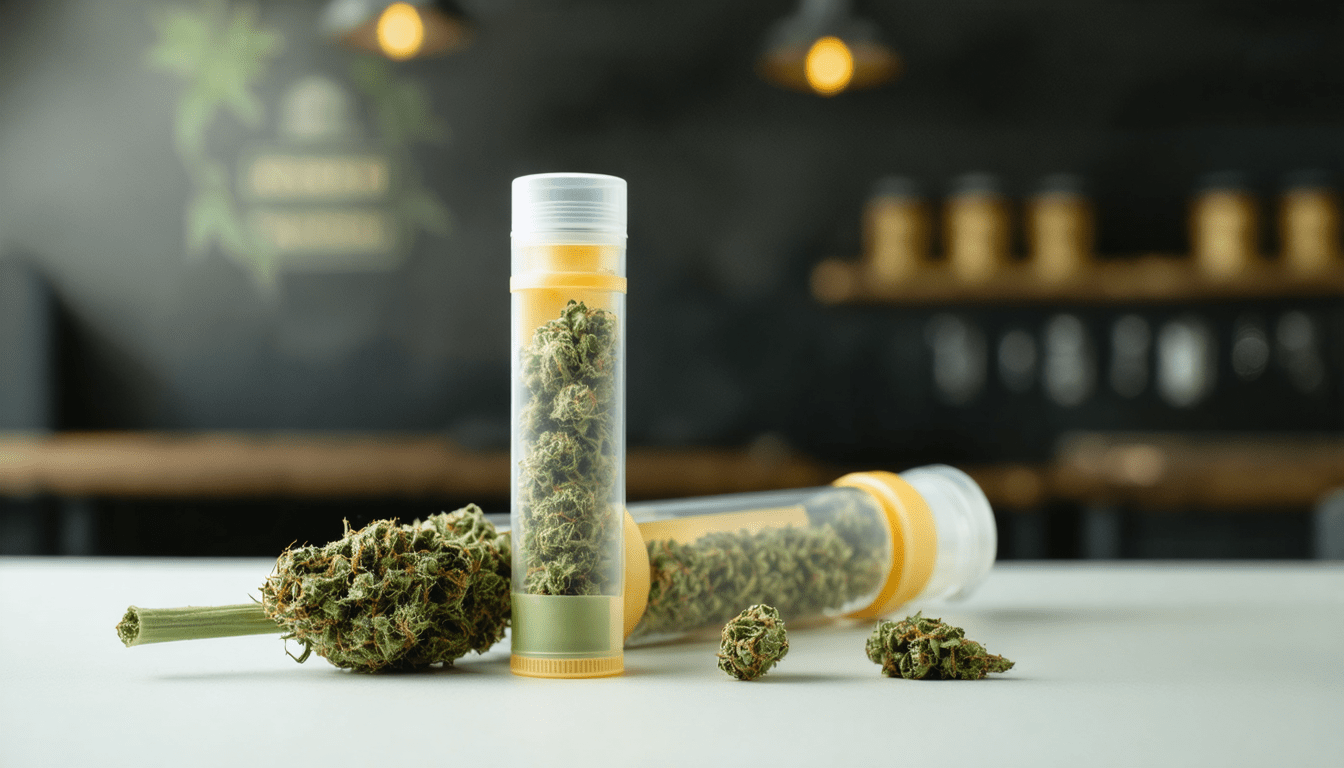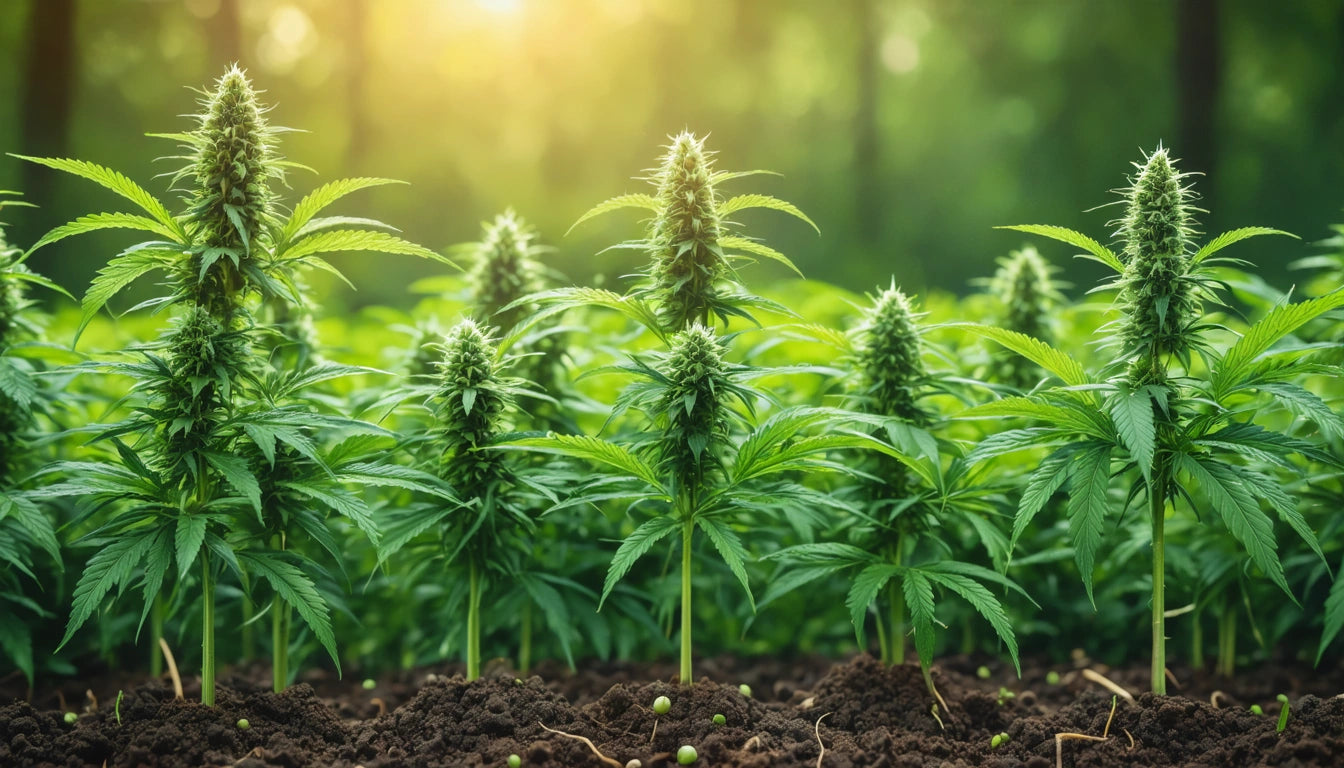Table of Contents
- Legal Considerations: Can You Grow Your Own Weed?
- Essential Equipment for Growing Your Own Weed
- Indoor vs. Outdoor Growing Methods
- Selecting the Right Seeds and Strains
- The Cultivation Process: From Germination to Harvest
- Common Challenges and How to Overcome Them
- Next Steps for Successful Home Cannabis Cultivation
Guide to Growing Your Own Weed: Legal and Practical Considerations
Growing your own cannabis can be a rewarding experience that provides a steady supply of personalized products while potentially saving money. However, before you start planning your home garden, it's essential to understand both the legal landscape and practical requirements. This comprehensive guide addresses the common questions around how to grow your own weed while navigating regulations and cultivation best practices.
Legal Considerations: Can You Grow Your Own Weed?
The question "can I grow my own weed?" depends entirely on your location. Cannabis cultivation laws vary significantly by state and country.
In the United States, several states permit home cultivation for medical and/or recreational use, typically with plant count limitations. According to this state-by-state guide, places like Colorado and California allow adults to grow up to six plants, while Michigan permits up to 12 plants per household.
However, many states still prohibit home growing entirely, even if they've legalized cannabis possession. Before starting your grow operation, research your local laws carefully to avoid legal consequences.
Essential Equipment for Growing Your Own Weed
If you're legally cleared to grow, you'll need proper equipment. For beginners wondering how to grow your own weed plant successfully, these essentials will get you started:
- Growing medium - Quality soil, coco coir, or hydroponic systems
- Containers - Fabric pots or plastic containers with drainage
- Lighting - LED, HPS, or fluorescent grow lights for indoor setups
- Climate control - Ventilation, fans, and possibly humidifiers/dehumidifiers
- Nutrients - Cannabis-specific fertilizers for vegetative and flowering stages
- pH testing kit - To monitor water and soil acidity
- Filling and processing equipment - For post-harvest processing, efficient filling equipment can streamline your production process when preparing harvested material
Indoor vs. Outdoor Growing Methods
When deciding how to grow your own weed, you'll need to choose between indoor and outdoor cultivation. Each method has distinct advantages:
Indoor Growing
Indoor growing offers complete control over the environment, year-round growing capability, and privacy. However, it requires more equipment and higher electricity costs. This indoor growing guide provides detailed information on setting up an effective indoor garden.
Outdoor Growing
Outdoor cultivation utilizes free sunlight and natural air circulation, potentially yielding larger plants. The drawbacks include seasonal limitations, weather vulnerabilities, and possibly less discretion. For those asking "how can I grow my own weed naturally?" outdoor growing in suitable climates is often the answer.
Selecting the Right Seeds and Strains
Successful cultivation begins with quality genetics. When selecting seeds, consider:
- Feminized seeds - Guaranteed female plants that produce buds
- Autoflowering varieties - Easier for beginners with automatic flowering regardless of light cycle
- Photoperiod strains - Traditional varieties offering more control but requiring light cycle management
- CBD-rich options - Lower THC alternatives for medicinal users
For first-time growers, starting with seeds rather than clones often provides a more straightforward experience.
The Cultivation Process: From Germination to Harvest
Understanding the cannabis growth cycle is crucial for anyone wondering how to grow their own weed plant. The process involves several distinct phases:
1. Germination (3-10 days)
Seeds are sprouted using methods like the paper towel technique or direct planting in a starter medium.
2. Seedling Stage (2-3 weeks)
Young plants develop their first true leaves and establish root systems.
3. Vegetative Stage (3-16 weeks)
Plants focus on structural growth, developing stems, branches, and leaves. During this stage, regular pruning and training techniques can maximize yield potential.
4. Flowering Stage (8-11 weeks)
Plants produce buds when light cycles change (naturally or artificially). This stage requires careful monitoring for sex identification (removing males if present) and potential issues.
5. Harvesting and Curing
Proper timing of harvest followed by drying and curing significantly impacts the final quality of your cannabis.
This comprehensive growing guide offers detailed insights into each stage of the process.
Common Challenges and How to Overcome Them
Even experienced growers face obstacles. For those asking "can you grow your own weed successfully?" being prepared for these common issues is essential:
- Nutrient deficiencies or toxicities - Learn to recognize leaf symptoms and adjust feeding accordingly
- Pest infestations - Implement preventative measures and organic treatments
- Mold and mildew - Maintain proper humidity levels and air circulation
- Light burn or light stress - Position lights at appropriate distances
- Improper pH levels - Regularly test and adjust water pH to maintain 6.0-7.0 for soil or 5.5-6.5 for hydroponic systems
Keeping a grow journal can help track patterns and solutions, improving your results with each cycle.
Next Steps for Successful Home Cannabis Cultivation
Growing your own cannabis is both a science and an art that improves with experience. As you develop your skills, consider these advanced techniques:
- Experiment with training methods like LST (Low-Stress Training) or SCROG (Screen of Green)
- Try different growing mediums to find what works best for your environment
- Explore organic growing practices for cleaner, more sustainable production
- Join growing communities online to share knowledge and troubleshoot issues
Remember that patience and observation are key virtues for successful cultivation. By starting with the fundamentals outlined in these top growing tips and gradually expanding your knowledge, you can develop a fulfilling and productive hobby that yields high-quality cannabis tailored to your preferences.
Whether you're growing for medical benefits, recreational enjoyment, or the satisfaction of self-sufficiency, understanding both the legal framework and horticultural requirements will set you up for success in your cannabis cultivation journey.











Leave a comment
All comments are moderated before being published.
This site is protected by hCaptcha and the hCaptcha Privacy Policy and Terms of Service apply.